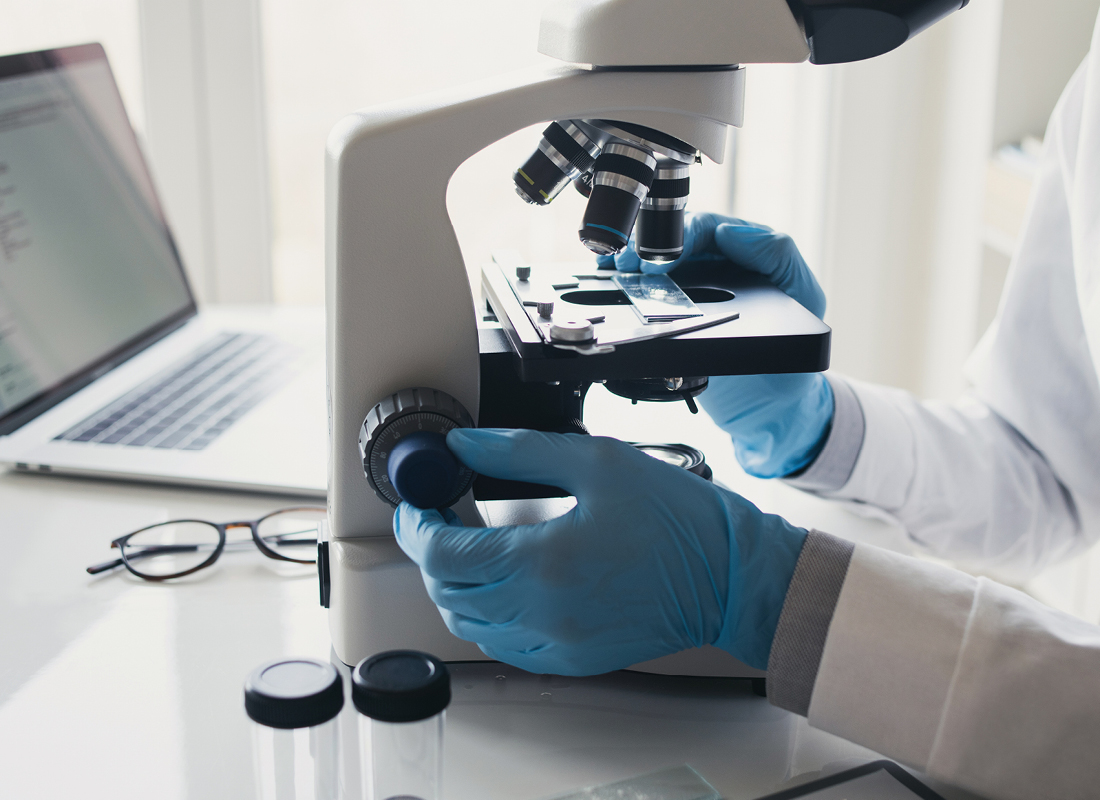OIG Medicare Lab Spending Report May Warn of Greater Scrutiny of Genetic and Automated Chemistry Tests
PAMA and market-based rate reductions for lab testing was supposed to save Medicare bundles of money. But according to a new OIG report, Medicare Part B spending on lab spending for 2018, the first year of the new PAMA pricing scheme, actually increased. Not only that, but the increase was the biggest since PAMA was passed in 2014. The OIG’s Findings As the PAMA law requires, the OIG analyzed 2018 claims data for tests reimbursed under the Part B Clinical Laboratory Fee Schedule (CLFS) in comparison to 2017 CLFS spending. Results: Even though 75 percent of the tests were subject to the PAMA fee cuts, Medicare spending on CLFS lab testing increased $459 million, from $7.1 billion in 2017 to $7.6 billion in 2018. In other words, the rate cuts weren’t enough to offset the increased spending for other tests, including: Genetic tests, which went from $473 million to $969 million as a result of higher utilization and the addition of new and expensive tests to the CLFS. Spending on genetic tests increased to $969 million from $473 million due to new and expensive tests entering the fee schedule and an increase in volume of existing genetic tests, the report […]

PAMA and market-based rate reductions for lab testing was supposed to save Medicare bundles of money. But according to a new OIG report, Medicare Part B spending on lab spending for 2018, the first year of the new PAMA pricing scheme, actually increased. Not only that, but the increase was the biggest since PAMA was passed in 2014.
The OIG’s Findings
As the PAMA law requires, the OIG analyzed 2018 claims data for tests reimbursed under the Part B Clinical Laboratory Fee Schedule (CLFS) in comparison to 2017 CLFS spending. Results: Even though 75 percent of the tests were subject to the PAMA fee cuts, Medicare spending on CLFS lab testing increased $459 million, from $7.1 billion in 2017 to $7.6 billion in 2018. In other words, the rate cuts weren’t enough to offset the increased spending for other tests, including:
Genetic tests, which went from $473 million to $969 million as a result of higher utilization and the addition of new and expensive tests to the CLFS. Spending on genetic tests increased to $969 million from $473 million due to new and expensive tests entering the fee schedule and an increase in volume of existing genetic tests, the report said. According to the OIG, total spending on genetic tests increased to 13 percent of Medicare spending for lab tests in 2018, versus 7 percent in 2017. Claims for genetic tests increased from 950,000 units to 1.76 million and the number of tests that Medicare reimbursed increased to 199 from 110.
Automated chemistry tests, which increased by $82 million due to the removal of a previous discount on the tests that was no longer allowed under PAMA.
In explaining the spending increases, the OIG also cited the one-time increases resulting from spending on tests for which the national rate was actually higher than the local payment rates it replaced. That bump was due to the transition to the new system and won’t recur.
Takeaway
As it usually does when it comes to spending for lab tests, the OIG suspected foul play and called for more oversight over genetic tests, particularly molecular pathology tests which accounted for 50 percent of all Medicare genetic test expenditures. “Even a small number of inappropriate tests could expose Medicare to extremely high spending,” the agency warned.
The OIG also recommended that CMS “seek legislative authority to establish a mechanism to control costs for automated chemistry tests.” While indicating that it “neither agreed nor disagreed” with the recommendation, CMS said it would “monitor utilization and spending associated with these codes” and consider OIG’s advice in determining what to do next.
Subscribe to view Essential
Start a Free Trial for immediate access to this article